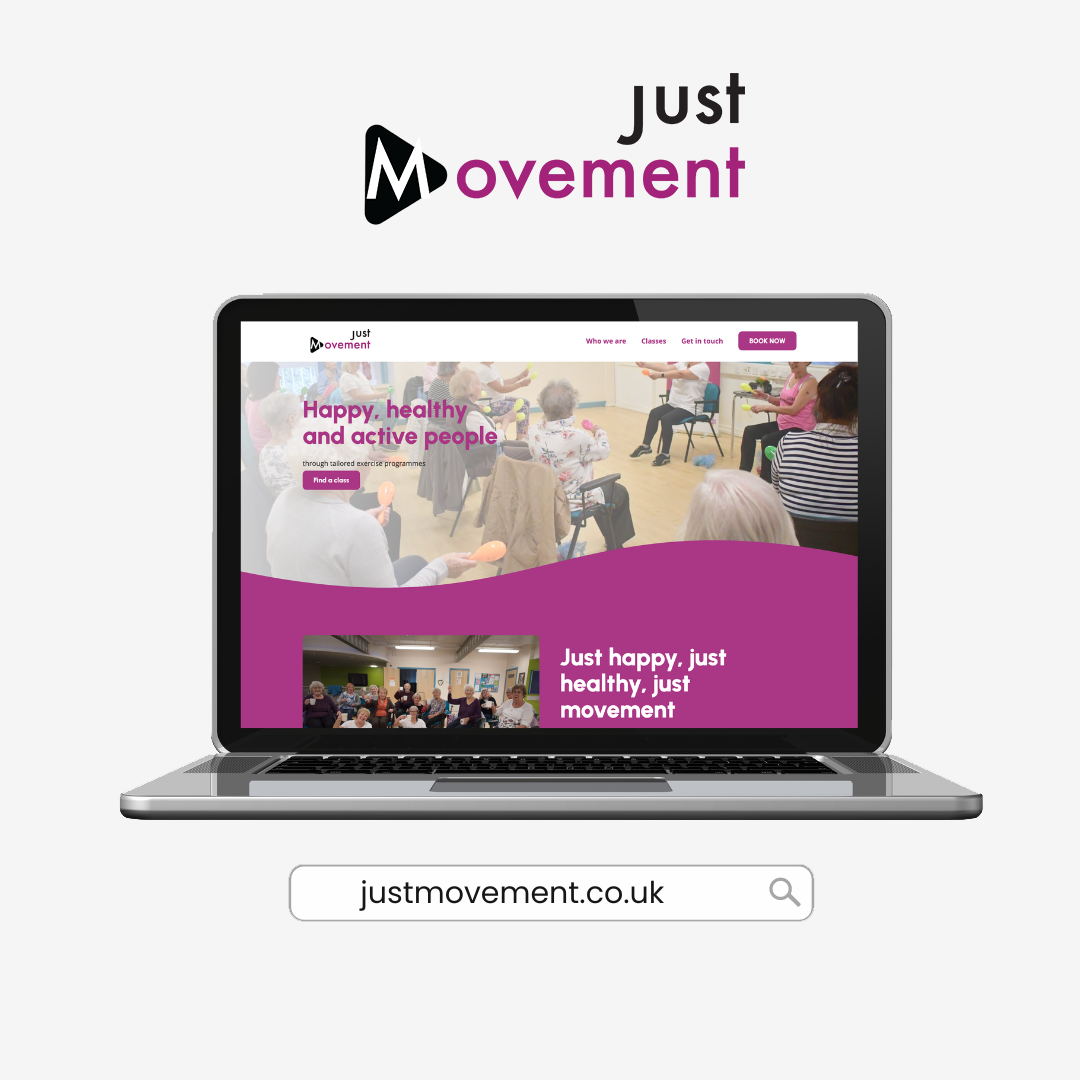The Impact of Responsive Design on SEO and User Engagement

In today’s mobile-driven world, responsive design has become a critical element in web development. As more users access the internet through various devices, from smartphones to tablets and desktops, creating a seamless and adaptive experience across all platforms is essential. But what exactly is responsive design, and how does it influence both search engine optimization (SEO) and user engagement? Let’s dive into the details.
What is Responsive Design?
Responsive web design refers to the approach of creating a website that automatically adjusts its layout, content, and design elements based on the screen size and orientation of the device. Whether a user is browsing on a large desktop monitor or a small smartphone, a responsive website ensures that the site remains user-friendly and visually appealing.
The SEO Impact of Responsive Design
- Mobile-First Indexing
Google has prioritized mobile-first indexing, which means the mobile version of a site is now the primary basis for how the search engine ranks and indexes pages. Websites that aren’t optimized for mobile devices often rank lower on search engine results pages (SERPs), negatively affecting visibility. Responsive design ensures that your site is mobile-friendly, enhancing your chances of higher rankings. - Improved User Experience (UX) Leads to Better SEO
Search engines like Google focus on delivering a great user experience. Responsive design plays a direct role in UX by making websites easier to navigate on any device. A better user experience translates into longer time spent on-site, lower bounce rates, and higher engagement metrics, which are all positive signals for search engines. - Faster Load Times
Speed is a crucial factor for SEO, and responsive websites are typically more efficient at loading across different devices. When your site loads quickly, especially on mobile, it enhances both user experience and your SEO performance. Google’s algorithms favor websites that prioritize speed. - No Duplicate Content
With responsive design, you maintain a single URL for both mobile and desktop users. This eliminates the need for separate mobile websites, reducing the risk of duplicate content, which can confuse search engines and hurt your rankings.
Responsive Design and User Engagement
- Consistency Across Devices
A key factor in boosting user engagement is delivering a consistent experience across all platforms. Responsive design ensures that users see the same content, in a visually appealing format, regardless of the device they are using. This builds trust and encourages repeat visits, as users can expect a seamless experience each time they return. - Enhanced Navigation
Easy-to-navigate websites lead to higher engagement. Responsive websites adapt their menus, buttons, and other navigation elements to be more accessible on smaller screens. This helps users find the information they need faster and more efficiently, reducing frustration and increasing time on the site. - Lower Bounce Rates
A non-responsive site that doesn’t render properly on a smartphone or tablet often results in users quickly leaving, contributing to a higher bounce rate. Responsive design keeps visitors engaged by ensuring the site functions well on any device, leading to lower bounce rates and more time spent interacting with content. - Higher Conversion Rates
When a website is responsive and easy to use, users are more likely to complete desired actions such as filling out forms, subscribing to newsletters, or making purchases. A seamless experience across all devices increases trust, which in turn boosts conversion rates.
Conclusion
Incorporating responsive design into your website is no longer just a recommendation; it’s essential for maximizing SEO performance and improving user engagement. By ensuring that your site adapts to any device, you’ll not only rank better on search engines but also provide an optimal experience for your visitors, leading to more meaningful interactions and higher conversion rates.
If you’re looking to improve your website’s responsiveness and want to stay ahead of SEO trends, now is the time to invest in a mobile-friendly, responsive design strategy. Contact us to learn more.
For more information on optimizing your website for both SEO and user engagement, visit:
- Google’s Mobile-First Indexing Overview
- Moz’s Guide to Responsive Web Design




